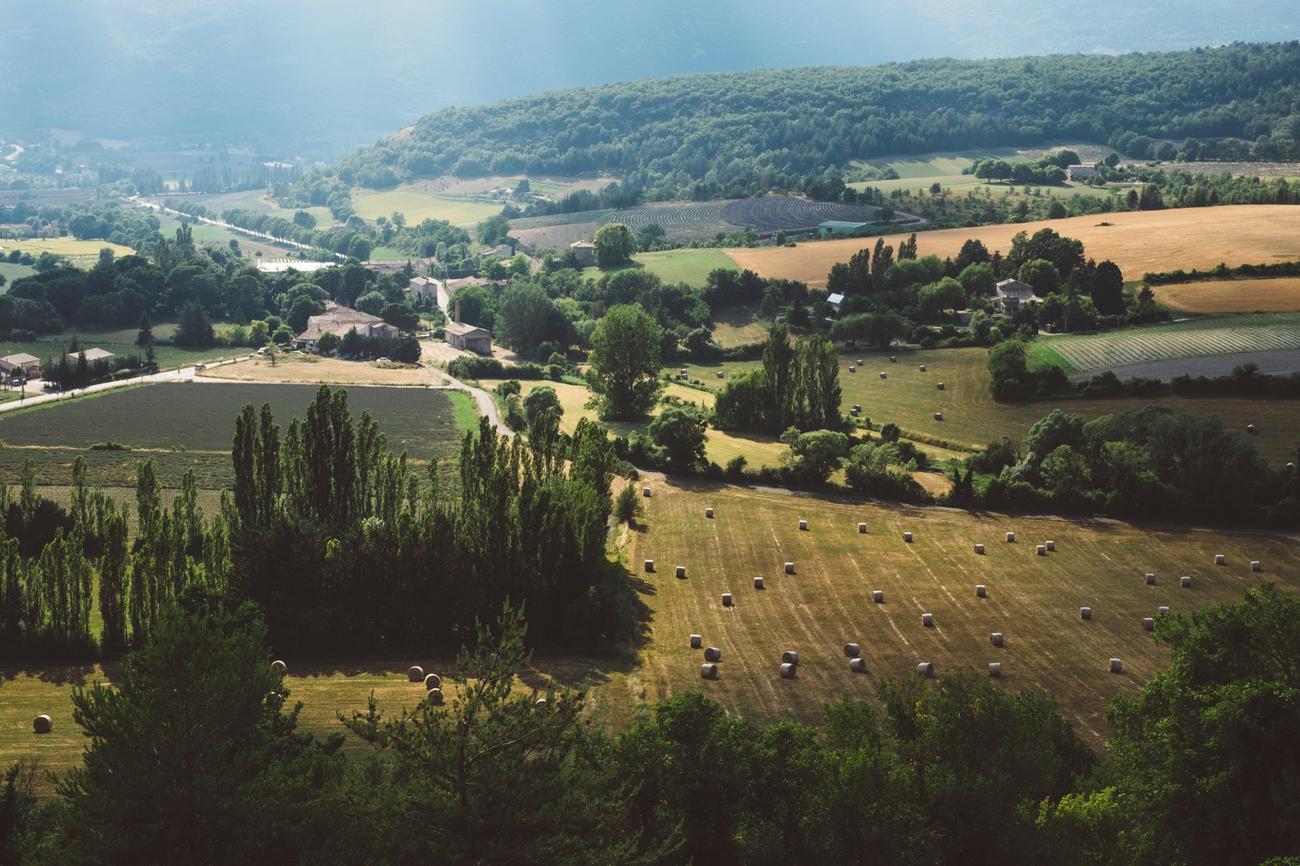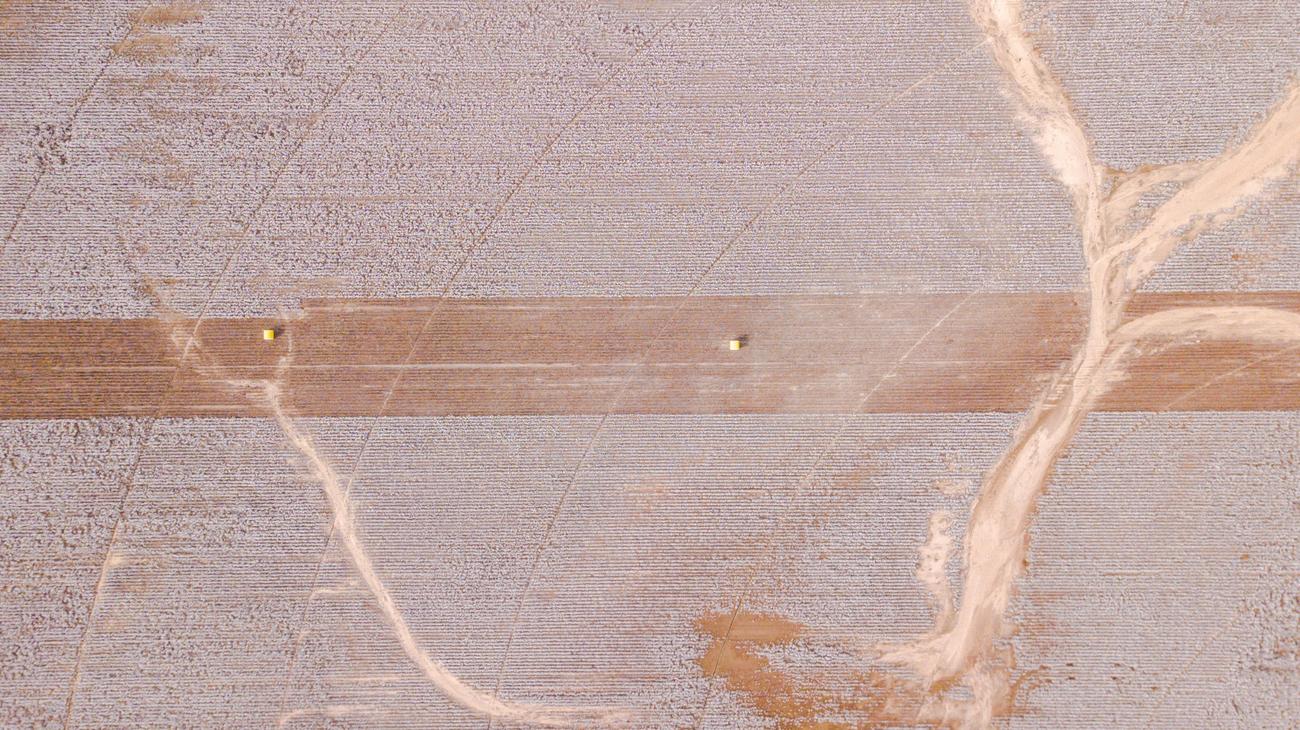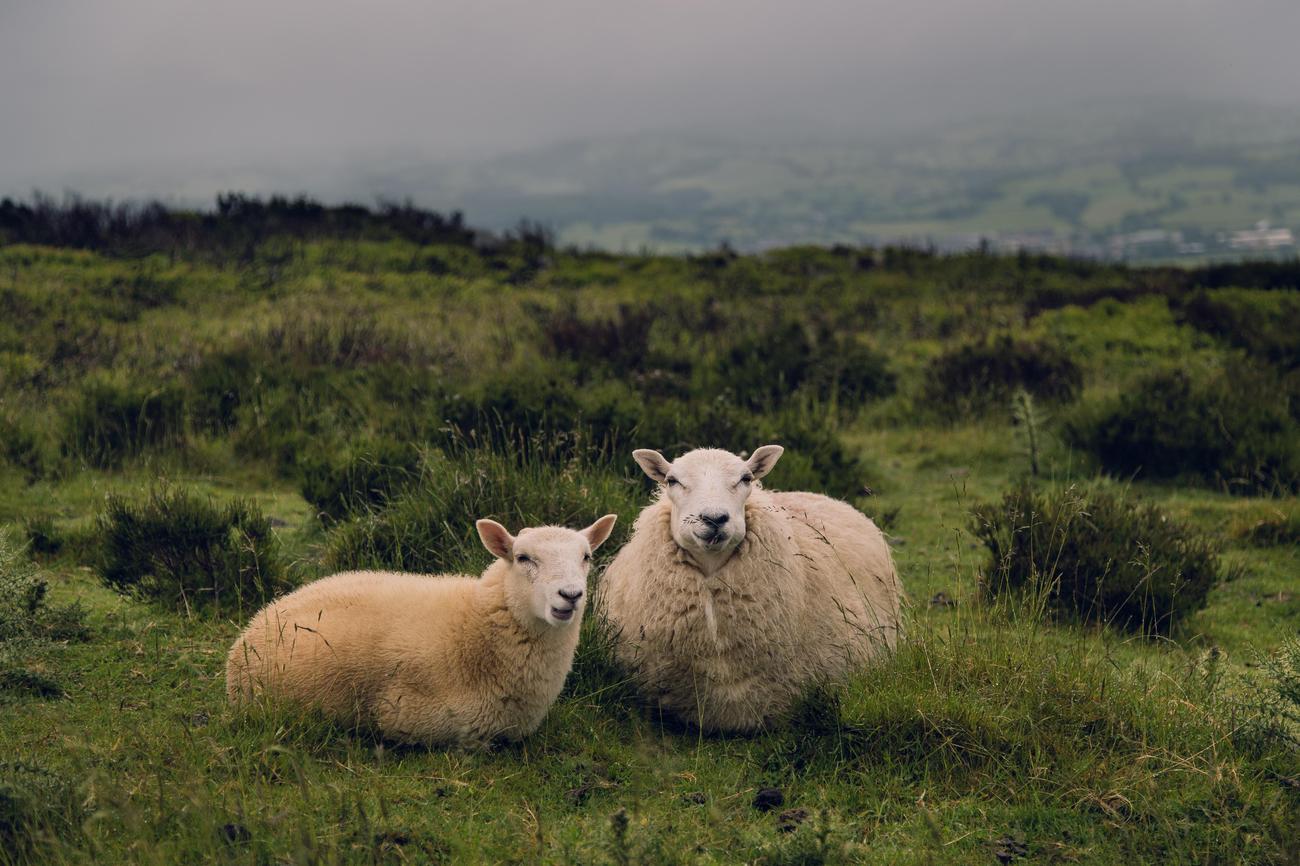Step back in time and explore the rich tapestry of history that is woven into the fabric of cotton. As you embark on this journey, you will uncover the historical significance of this versatile plant and the impact it has had on civilizations throughout the centuries. From its humble origins in ancient civilizations to its role in shaping the course of industrial revolutions, cotton has left an indelible mark on our past. Join me as we delve into the annals of time and unveil fascinating historical facts about cotton that will transport you to a bygone era.

Historical Facts About Cotton
Throughout the centuries, cotton has woven its way into the fabric of human civilization. From its earliest cultivation to its impact on global trade, the history of cotton is rich with fascinating facts and stories. Let’s embark on a journey through time to uncover the historical insights that lie within the fibers of this remarkable plant.
Cultivating Cotton: From Ancient Peru to Virginia’s Jamestown
Did you know that the oldest known cotton textile dates back to 6000 BCE in Peru? This discovery shines a light on the ancient origins of cotton and its enduring significance. However, cotton may have been domesticated even earlier, around 5000 BCE in eastern Sudan near the Middle Nile Basin region. These early civilizations recognized the inherent value of cotton and began cultivating it for various purposes.
Fast forward to the 16th and 17th centuries, when cotton made its way to the shores of North America. Cotton seeds were first planted in Florida in 1556 and later in Virginia in 1607. By 1616, colonists were already growing cotton along the James River in Virginia. This marked the beginning of cotton’s long-standing presence in the North American continent.
Did you know? Cotton’s journey from ancient Peru to the colonies of Virginia showcases its global reach and enduring appeal.
The Industrial Revolution: Cotton Transformed
The 18th century brought monumental shifts in cotton production, thanks to the Industrial Revolution. England played a central role in this transformative period, with the first cotton spinning machinery being invented and implemented in the 1730s. This development revolutionized the textile industry and set the stage for the mass production of cotton goods.
As factories boomed and technological advancements propelled progress forward, cotton became the backbone of the Industrial Revolution’s textile industry. The once labor-intensive process of spinning cotton by hand was now mechanized, leading to an exponential increase in production capacity. This, in turn, fueled the expansion of global trade networks and cemented cotton’s position as one of the world’s most important commodities.
Highlighting a pivotal moment in history: The advent of cotton spinning machinery during the Industrial Revolution propelled cotton production to unprecedented heights, forever altering the global textile industry.
The Colors of Cotton: Shades of Nature
When we think of cotton, we often associate it with the classic white fabric that has become a staple in our wardrobes. However, cotton can sprout in a fascinating array of colors beyond the traditional white. From off white and brown to rust and even light purple, cotton exhibits a natural spectrum of hues.
This diversity in color is not just visually appealing but also provides unique opportunities for creativity and innovation in textile production. Whether it’s creating vibrant patterns or introducing new aesthetics, the versatile hues of cotton have allowed for endless possibilities in the realm of fashion and design.
Exploring the colorful side of cotton: Beyond its timeless white appearance, cotton showcases a vibrant kaleidoscope of natural colors, serving as a testament to nature’s boundless creativity.
In conclusion, cotton’s historical significance spans millennia, traversing continents and shaping the course of human civilization. From its early cultivation in ancient Peru and Sudan to its adoption in the American colonies and its pivotal role in the Industrial Revolution, cotton has left an indelible mark on our history. So the next time you don your favorite cotton garment, remember that you are partaking in a millennia-old tradition that continues to shape the world we live in today.
Highlighting the enduring legacy of cotton: From ancient civilizations to modern-day fashion, cotton’s historical journey showcases its timeless appeal and global significance.
Cotton, often referred to as the “white gold,” is not only a versatile fabric but also a fascinating plant that has shaped history and fashion. Are you curious to discover three intriguing facts about cotton? Prepare to be amazed as we delve into the rich heritage and astonishing properties of this remarkable plant.
One of the most astonishing facts about cotton is its extensive use throughout history. From ancient civilizations to modern times, cotton has been a staple in the textile industry. Its softness, breathability, and durability have made it a preferred choice for clothing, bedding, and more. Click here to learn more about the historical significance of cotton: 3 facts about cotton.
In addition to its historical importance, cotton also boasts incredible sustainability benefits. As a natural fiber, cotton is biodegradable and renewable, making it an environmentally friendly choice. By clicking here, you can explore three fascinating sustainability aspects of cotton: 3 facts about cotton.
Finally, cotton holds a crucial role in the global economy. It is a significant cash crop, with countries like the United States, India, and China being the top producers of cotton worldwide. Its economic impact is immense, providing livelihoods for millions of people. Discover more about the economic significance of cotton by following this link: 3 facts about cotton.
Cotton truly is a remarkable plant with a remarkable story. From its historical legacy to its sustainability benefits and economic significance, there is so much to unravel about this fascinating fabric. Click the links above to embark on an enlightening journey uncovering three captivating facts about cotton.
Historical Facts About Cotton
Do you know the interesting historical facts about cotton? It’s a fascinating journey through time, intertwined with civilizations and tales of innovation. From the ancient Egyptians and their mastery of cotton cultivation to the surprising historical discoveries about cotton’s influence on trade and economy, the story of this versatile fabric is truly captivating. Explore the unexpected historical anecdotes about cotton and uncover the secrets hidden within its fibers. Click here to delve deeper into the intriguing world of cotton: Interesting historical facts about cotton. Prepare to be amazed by the rich history behind this everyday material.
Have you ever wondered about the surprising historical discoveries about cotton? Its impact goes far beyond fashion and comfort. Take a step back in time and uncover the hidden depths of cotton’s history. From its role in influencing global exploration to its unexpected contributions to scientific and technological advancements, cotton has some truly astonishing stories to tell. Click here to uncover the secrets within the cotton’s historical journey: Surprising historical discoveries about cotton. You won’t believe the incredible tales waiting to be discovered.
Did you know that there are unexpected historical anecdotes about cotton that will leave you in awe? Throughout history, cotton has played a significant role, shaping cultures, societies, and economies. From the unexpected uses of cotton in ancient civilizations to its role as a symbol of power and prestige, cotton’s historical journey is filled with fascinating stories. Click here to explore the intriguing world of cotton’s past: Unexpected historical anecdotes about cotton. Prepare to be amazed by the untold tales that lie within cotton’s rich heritage.

FAQ
Q: When was cotton first introduced to Europe?
A: Cotton was known generally throughout the world by 1500.
Q: When was cotton first planted in North America?
A: Cotton seed was planted in Florida in 1556 and in Virginia in 1607.
Q: When did cotton cultivation begin in Virginia?
A: Colonists were growing cotton along the James River in Virginia by 1616.
Q: When was cotton first spun by machinery?
A: Cotton was first spun by machinery in England in 1730.
Q: What is the oldest known cotton textile and when does it date back to?
A: The oldest known cotton textile dates back to 6000 BCE in Peru.
- Unlock Water’s Symbolism: A Cross-Cultural Exploration - April 20, 2025
- Identify Black and White Snakes: Venomous or Harmless? - April 20, 2025
- Unlocking Potential: Origins High School’s NYC Story - April 20, 2025















